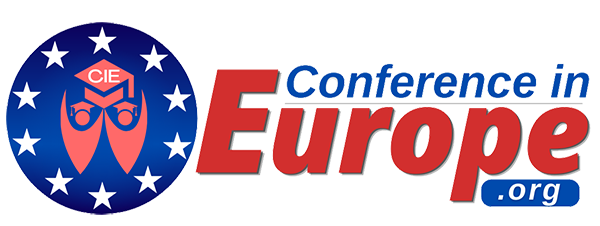Improving the Safety Posture of Italian Research Sector in Light of New European Regulatory Frameworks
Paolo Micozzi, University Luiss Guido Carli, Rome, ItalynnItalian Ministry of University and Research, Rome, Italy (Italy)
Abstract
Modern cybersecurity needs have highlighted the importance of ensuring the security of data and applications from cyberattacks as well as to guarantee the national security of states [1]. This research explores the integration of training, awareness, and digital communication as tools for increasing the security level of organizations, with particular attention to the Italian research sector. The article analyzes how the correct use of these elements can mitigate the risk deriving from cyber attacks, guarantee the confidentiality and integrity of sensitive information, and protect critical infrastructures, while aligning with broader cybersecurity policies of the European Union [2]. The study begins by outlining the evolution of the relevant European legislation aimed at adopting effective and proactive security strategies, also taking into account the growing use of artificial intelligence [3]. The study continues contextualizing these recent compliance rules with reference to the Italian research sector, examining the systemic challenges they introduce, both in terms of compliance and the upskilling and reskilling of internal personnel within public organizations [4]. The study focuses on the Italian Ministry of University and Research program aimed at completing the Cybersecurity Strategy and compliance with the NIS2 regulation, d detailing the related transfer of training courses, specialist consultancy and cyber knowledge to higher education institutions, necessary to promote and mitigate cyber risk, also considering a systemic training for the benefit of students, researchers and teachers [5]. Drawing on the experience gained by the Ministry of University and Research, this article offers concrete insights for policymakers, the research community, and industry professionals, proposing an applicable and replicable best practice model to enhance cyber posture, promote a culture of secure innovation, and improve stakeholders’ digital skills. The adoption of these strategies can lead the research community, specifically, and the Italian public administration, in general, to improve their cyber resilience and position themselves as centers of excellence in relation to their global competitors.
Keywords: cybersecurity, upskilling, reskilling, digital communication, security
REFERENCES
[1] Vakulyk, O., Petrenko, P., Kuzmenko, I., Pochtovyi, M., & Orlovskyi, R. (2020). Cybersecurity as a Component of the National Security of the State. Journal of Security and Sustainability Issues, 9(3), 775-784. https://doi.org/10.9770/jssi.2020.9.3(4)
[2] European Cyber Security Organisation 2025. NIS2 Implementation: challenges and priorities. https://ecs-org.eu/ecso-uploads/2025/01/ECSO-NIS2- White-Paper.pdf
[3] Wenbo, G., Yujin, P., Tianneng, S., Zhun, W., Andy, Z., Dawn, S. (2025). Frontier AI's Impact on the Cybersecurity Landscape. Arxiv. https://doi.org/10.48550/arXiv.2504.05408
[4] Micozzi, P., Montefusco, S. (2025). Digitalization of Services and the Creation of New Barriers: Upskilling and Reskilling as a Way to Mitigate the Digital Divide. In Firenze Pixel, The Future of Education Conference Proceedings 2025. Filodiritto Publisher. 561-567. doi: https://doi.org/10.26352/L625_2384-9509
[5] Negussie, Dawit. (2023). Importance of Cybersecurity Awareness Training for Employees in Business. Vidya - A Jou
 New Perspectives in Science Education
New Perspectives in Science Education





























